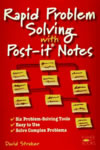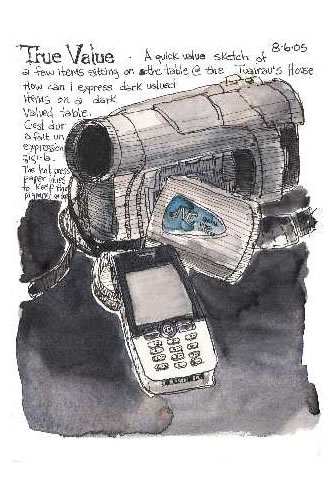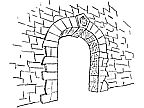Download Tinderbox now!
Making Better Notes
- Latest Changes
- Principles
- About These Notes
- Always have a pen
- Calendars are for Appointments
- Choose Your Pen
- Commonplace Book
- Displacement Activity
- Fountain Pens
- Front Matter
- Good Home
- Improve The Moment
- Incremental Formalization
- Information Triage
- Meta Space
- Moleskines
- Permanent Record
- Prep Your Pages
- Reading
- Sketching in Airports
- Storm Sort
- Tinderbox: Automatic Prototypes
- Tinderbox: Color Schemes
- Tinderbox: Prototypes
- To Do
- Weekly Sweep
- Write It Down
- You Need Two Journals
- Other Resources
![]() Subscribe : get updates in your news reader
Subscribe : get updates in your news reader
Keep in touch!
Keep in touch with new ideas and new tools! Moderated email announcements, concise, and timely. We never share your email address.
Jennifer New (amazon)
A delightful collection of pages from the journals of artists, architects, illustrators, naturalists, and a host of other professionals. The emphasis here is strongly on visual notes, though techniques range from watercolors to collage, from digital photography to subway sketches.
How to Make a Journal of Your Life
Daniel Price (amazon)
A clever little book, itself a journal, hand-drawn and hand-lettered with Sakura Micron pens. Useful lessons (and nice visual ideas) for keeping and for improving a personal journal.
Test Driven Development: By Example
Kent Beck (amazon)
This immensely influential book advocates an approach to programming that is pervaded by automatic testing. Beck develops programs by writing the test before the software; at each step of the process, the program's behavior is determined by writing a test for a new piece of functionality, followed by implementing the functionality just tested. This approach means that the developer needs to keep track of exactly what's being tested -- and to keep notes on new tests and new needs these tests reveal. Much of the book describes simple lists that become an integral part of the testing process.
Rapid Problem Solving with Post-It Notes
David Straker (amazon)

David Straker explores a variety of clever techniques for brainstorming, planning, and problem solving in small groups. He advocates the use of sticky notes for building spatial hypertexts on the meeting room wall; you can easily use the same techniques using a computer tool like Tinderbox and a projector, making it much easier to preserve and share the results of the meeting.




 Eastgate Systems Inc.
Eastgate Systems Inc.